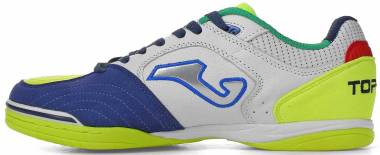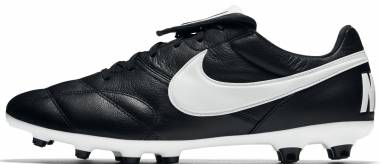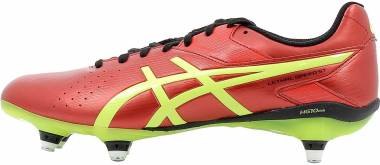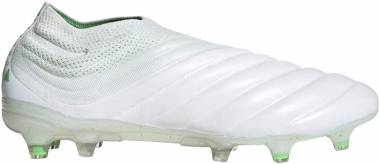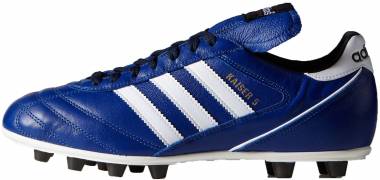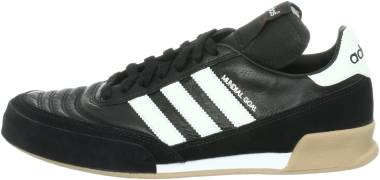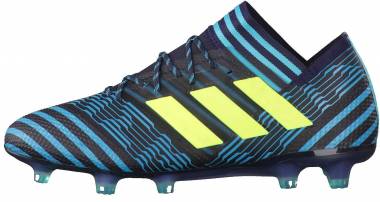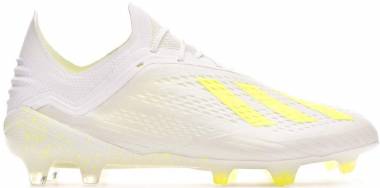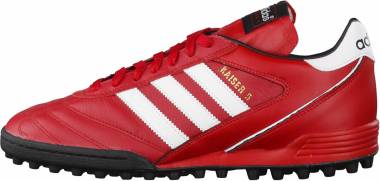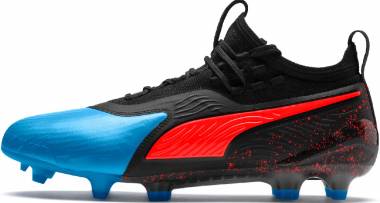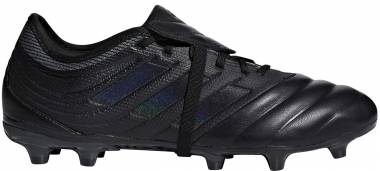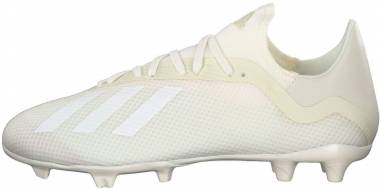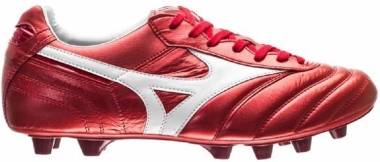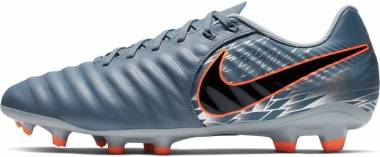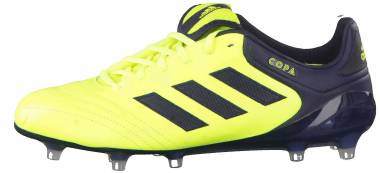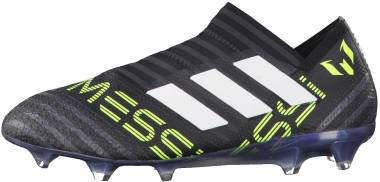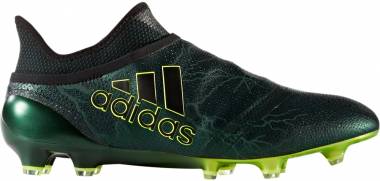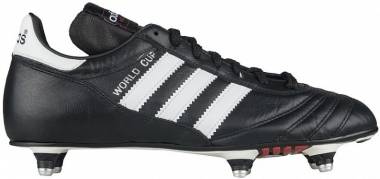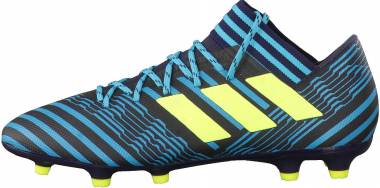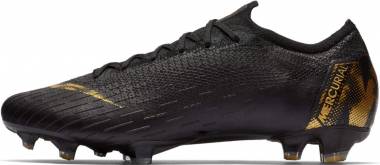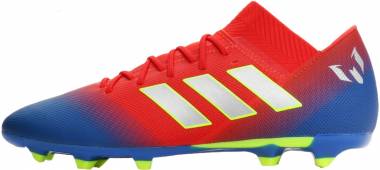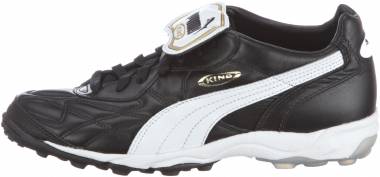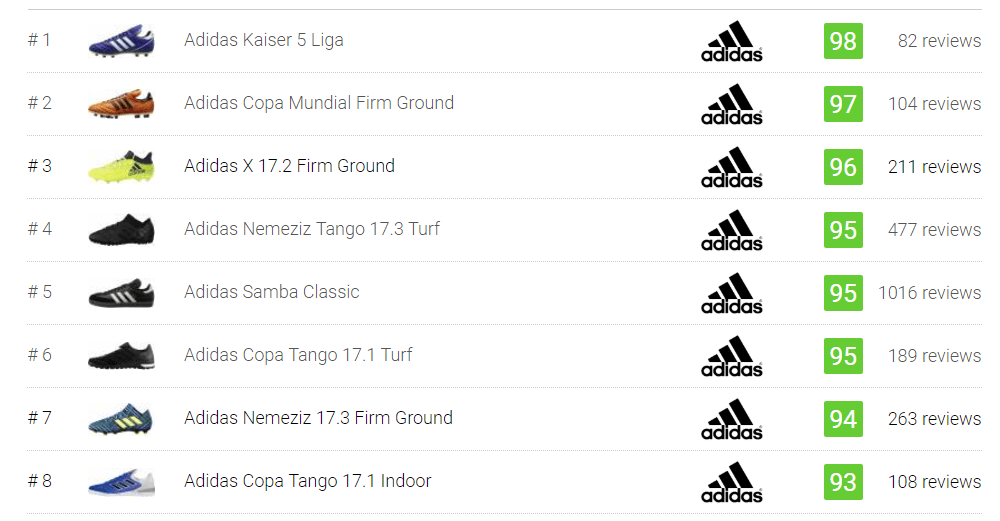355 best low soccer cleats
Based on reviews from 371 experts and 48,371 users. Learn how our rankings work or see our guide to low soccer cleats. Updated Nov 2019.
-
€100 €45 Save 55%
-
€140 €67 Save 52%
-
€330 €39 Save 88%
-
€340 €158 Save 54%
-
€110 €56 Save 49%
-
€120 €61 Save 49%
-
€120 €75 Save 38%
-
€290 €121 Save 58%
-
€280 €46 Save 84%
-
€280 €121 Save 57%
-
€110 €30 Save 73%
-
€250 €65 Save 74%
-
€140 €55 Save 61%
-
€100 €41 Save 59%
-
€350 €111 Save 68%
-
€90 €36 Save 60%
-
€250 €59 Save 76%
-
€140 €72 Save 49%
-
€360 €113 Save 69%
-
€380 €273 Save 28%
-
€170 €50 Save 71%
-
€280 €90 Save 68%
-
€190 €120 Save 37%
-
€100 €42 Save 58%
-
€120 €36 Save 70%
-
€310 €132 Save 57%
-
€150 €59 Save 61%
-
€150 €108 Save 28%
-
€100 €53 Save 47%
-
€140 €76 Save 46%
